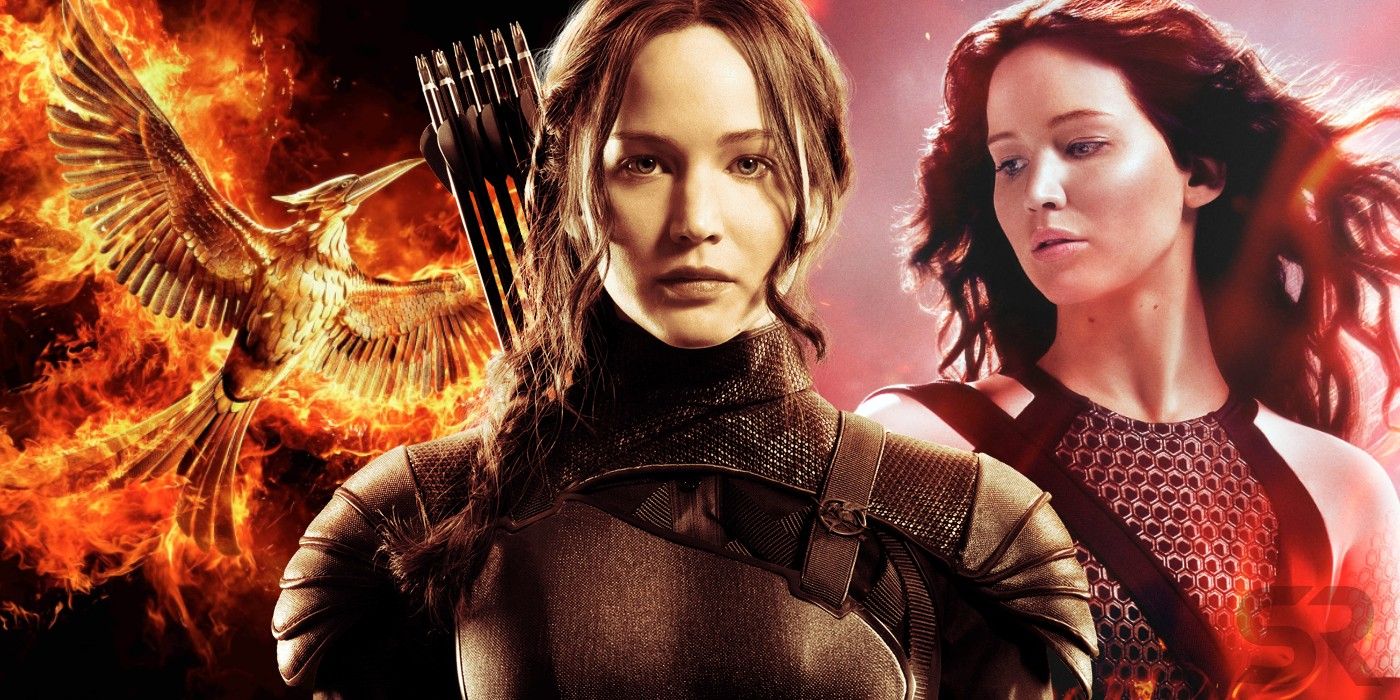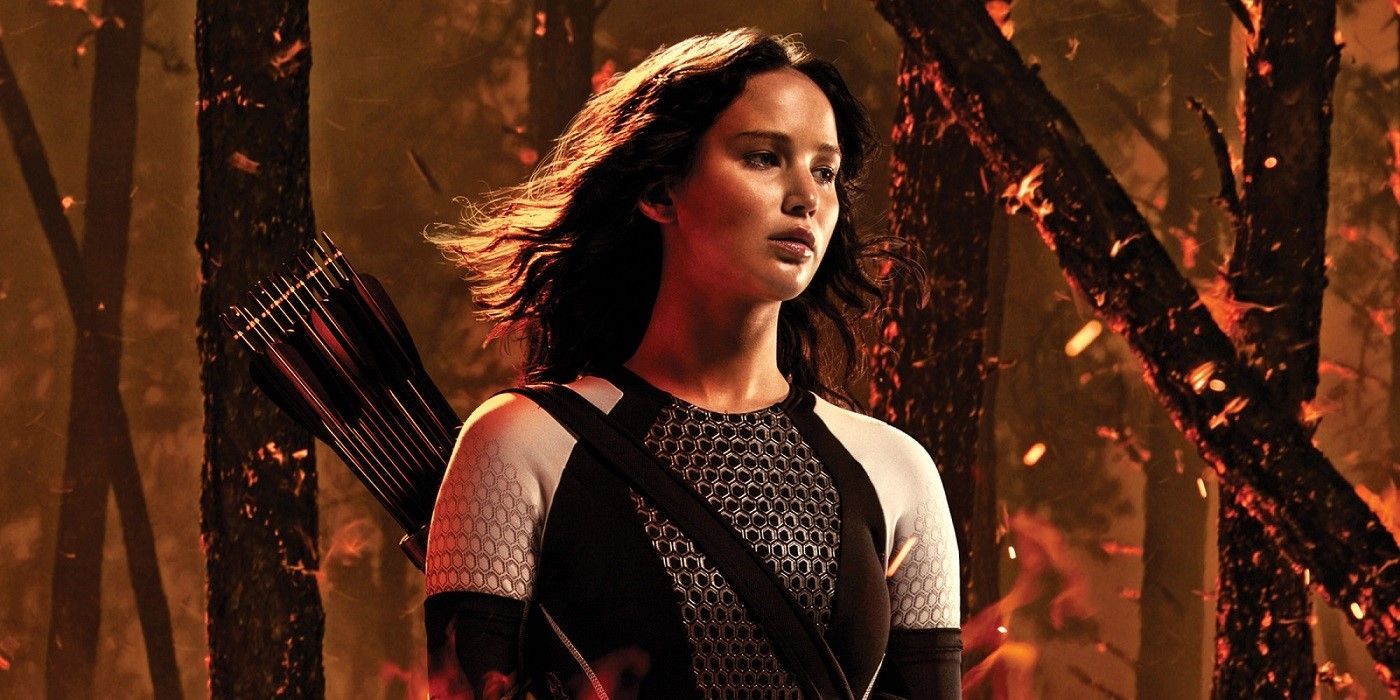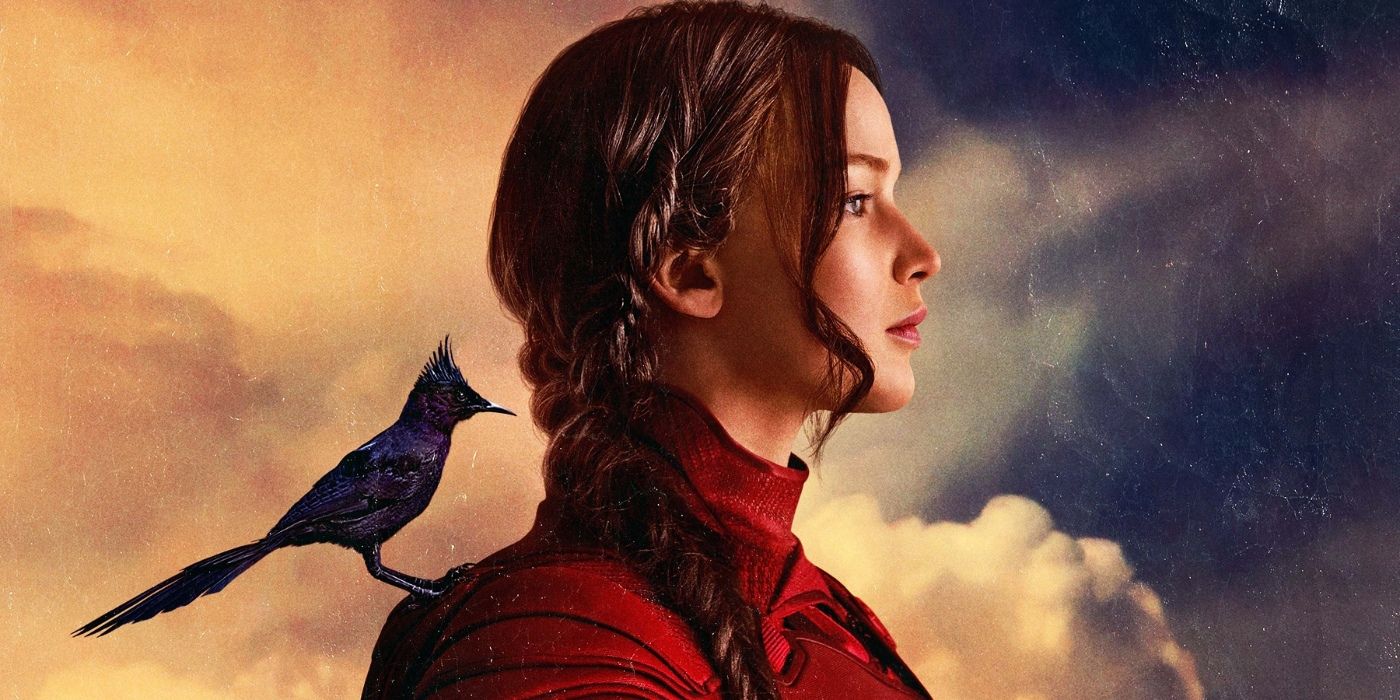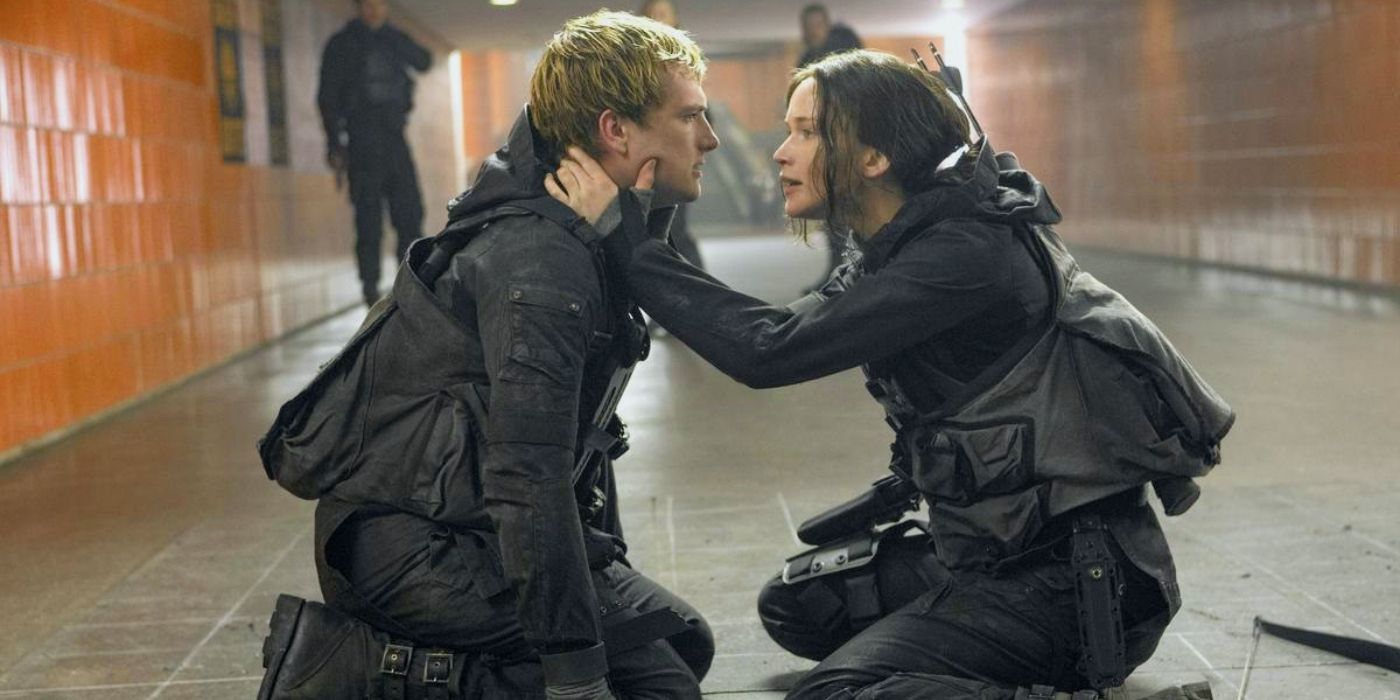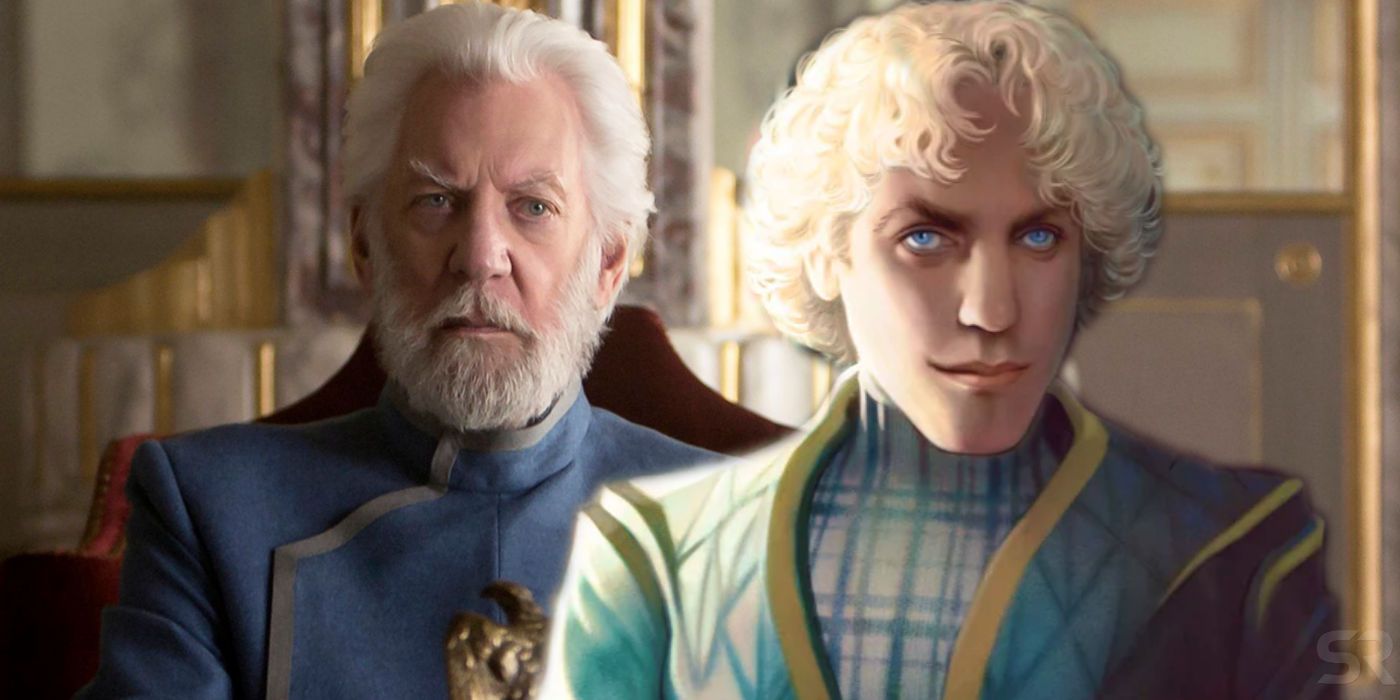The Hunger Games franchise was a massive success when it began, but here's what went wrong with the Mockingjay movies. During the middle of the 2010s, The Hunger Games became one of the biggest and most influential franchises in Hollywood. Lionsgate began development on adapting the Suzanne Collins books for the big screen in 2009, with the first movie hitting theaters in 2012. The release of the film came two years after Collins wrapped up the Hunger Games trilogy, and the popularity of the young adult novels was unquestionable.
With a massive fan base behind it, Lionsgate found immediate success with the Hunger Games franchise. The first film was a box office hit (grossing $694 million worldwide) and established Jennifer Lawrence as a certifiable movie star, following an Oscar nomination as well as a role in X-Men: First Class. The studio moved quickly to capitalize on the success of the books, too, with The Hunger Games: Catching Fire announced before the first film was released. The sequel was an even bigger hit, as it earned $865 million globally just a year later. But Catching Fire, arguably the best Hunger Games movie, proved to be the apex of the franchise in terms of quality and commercial success.
Following the release of The Hunger Games, Lionsgate announced that their movie adaptation of the final book would be split into two films, The Hunger Games: Mockingjay - Part 1 & Part 2, with Francis Lawrence directing both installments. Although both films performed moderately well at the box office, neither entry lived up to, much less exceed, the expectations of fans. So, what exactly went wrong with the Hunger Games franchise at the end?
The Hunger Games' First Two Movies Were Great
It is essential first to establish what made the Hunger Games franchise great to understand where it went wrong. There are a variety of factors that helped make the first two movies hits, such as strong characters and direction, but Katniss Everdeen's central story and the actual Hunger Games featured in each are among the most significant.
Fans of the books already knew Katniss before The Hunger Games was released, but Lawrence proved to be an excellent choice to bring her story to the screen. She managed to bring the strong-willed but caring nature of Katniss to life with ease, making her someone that audiences around the world connected to. It was through Katniss' underdog story that The Hunger Games and Catching Fire became so compelling, as someone from the lowly District 12 winning the games in the first place was miraculous. Katniss' story then continued with her suddenly being called back into the games, where she was unknowingly becoming the face of a revolution that was growing throughout the nation.
What helped make Hunger Games unique, though, were the actual Hunger Games that took place. They were the primary setting of the first and second movies, and both benefited from the gladiator-like environment. The Hunger Games were a new, exciting, and unpredictable land for characters and audiences alike. They provided the movies with alliances of various degrees and became the home for the film's action sequences. While the location in the first film was a fairly standard jungle/forest environment, the Quarter Quell arena featured in Catching Fire was a thrilling enemy itself to the tributes. It also provided the movies with an outline for its plot to ensure a complete story was told, with the games beginning during Act 2 and the end of the event coinciding with the finale of the film.
Splitting Mockingjay Into Two Parts Was A Mistake
To wrap up the Hunger Games story, though, Lionsgate opted to do what was becoming more common in Hollywood and make a two-part finale. Harry Potter showed that this could work on some level with Deathly Hallows Part 1 & Part 2, and the studio wanted to ensure that they could have the maximum financial gain on a franchise who's popularity was skyrocketing. However, this proved to be a mistake for the franchise, not just in terms of the film's financial performances, but also in how the Mockingjay story was handled.
The decision to split Mockingjay in half forced the Hunger Games franchise to stretch out its story. Although Part 2 still primarily works, Part 1 was without many familiar elements of the franchise. The story shifted to focus on Katniss' mental and emotional breakdown surrounding Peeta's capture by President Snow, with most of the film taking place in the underground layer of District 13. Instead of having Peeta and Katniss apart for the first half of a movie (or maybe even just the opening act), Mockingjay Part 1 didn't have the two main characters together until the final minutes. The attempt for more character growth is noble, but the execution of splitting the story in half didn't work.
It isn't difficult to see that changing Mockingjay's story didn't connect with audiences in the same way. Mockingjay Part 1 made $755M worldwide, and the critical response dipped to 69% on Rotten Tomatoes, which are both well below the reception of Catching Fire. This began the disconnect of the franchise with audiences, as Mockingjay Part 2 earned a franchise-low $658M globally. Although the financial performances are far from weak and the combined $1.4 billion earning brought Lionsgate more money than they otherwise would make with one film, these final two movies saw the franchise end on a down note.
Mockingjay Took Away The Gladiatorial Story
Another issue with the final two Hunger Games movies is that they lost the gladiator story. To be fair, this is a result of following Suzanne Collins' source material, but that just makes the decision to split the book into two movies all the more confusing. Not having the Hunger Games take place results in the Mockingjay story shifting the focus to taking down powerful institutions and governments but without one of the franchise's defining characteristics for the finale.
That said, Mockingjay Part 2 does attempt to make up for the lack of an actual Hunger Games gladiator arena by having Katniss, Peeta, Gale, and others travel through The Capital after it is infused with deadly traps from the game makers. This does give the film a similar vibe to being inside the games, but the team is also outfitted with a device that enables them to avoid the traps when they can. When the traps are activated, they do make for some thrilling action sequences, but it isn't the same.
Can The Hunger Games Prequel Do Well At The Box Office?
The lasting impacts of the struggles that hit the Hunger Games franchise at the end will now be tested. Lionsgate has officially moved forward with an adaptation of the prequel novel The Ballad of Songbirds and Snakes, with the previous creative team returning. But, it could be an uphill battle for the prequel to revive the franchise and keep Hunger Games' status as a box office draw. Although the Hunger Games prequel will focus on a young President Snow, someone audiences are somewhat familiar with, the core cast will be very different. Without the draw of Jennifer Lawrence or other significant familiar characters, it's fair to question whether or not audiences will respond to the new story.
Another unknown variable for the prequel's performance is how the book is received and how the future adaptation is marketed. The prequel book has not yet been released, so there is unclear if it will resonate with readers as strongly as the originals. If The Ballad of Songbirds and Snakes doesn't sell well (or isn't well-received), then the box office potential of the movie would be in danger. One way that Lionsgate can try to ensure that the film is a success, though, would be to retitle the prequel so that "Hunger Games" is included. Otherwise, audiences might not realize The Ballad of Songbirds and Snakes is even connected to the franchise. Since each of the previous four movies made more than $650 million worldwide, the prequel may perform admirably, even if it falls below the originals. But, the mixed reception to the last Hunger Games movies inevitably leads to some skepticism about the prequel and the franchise's future, and only time will tell whether or not the concern is warranted.

